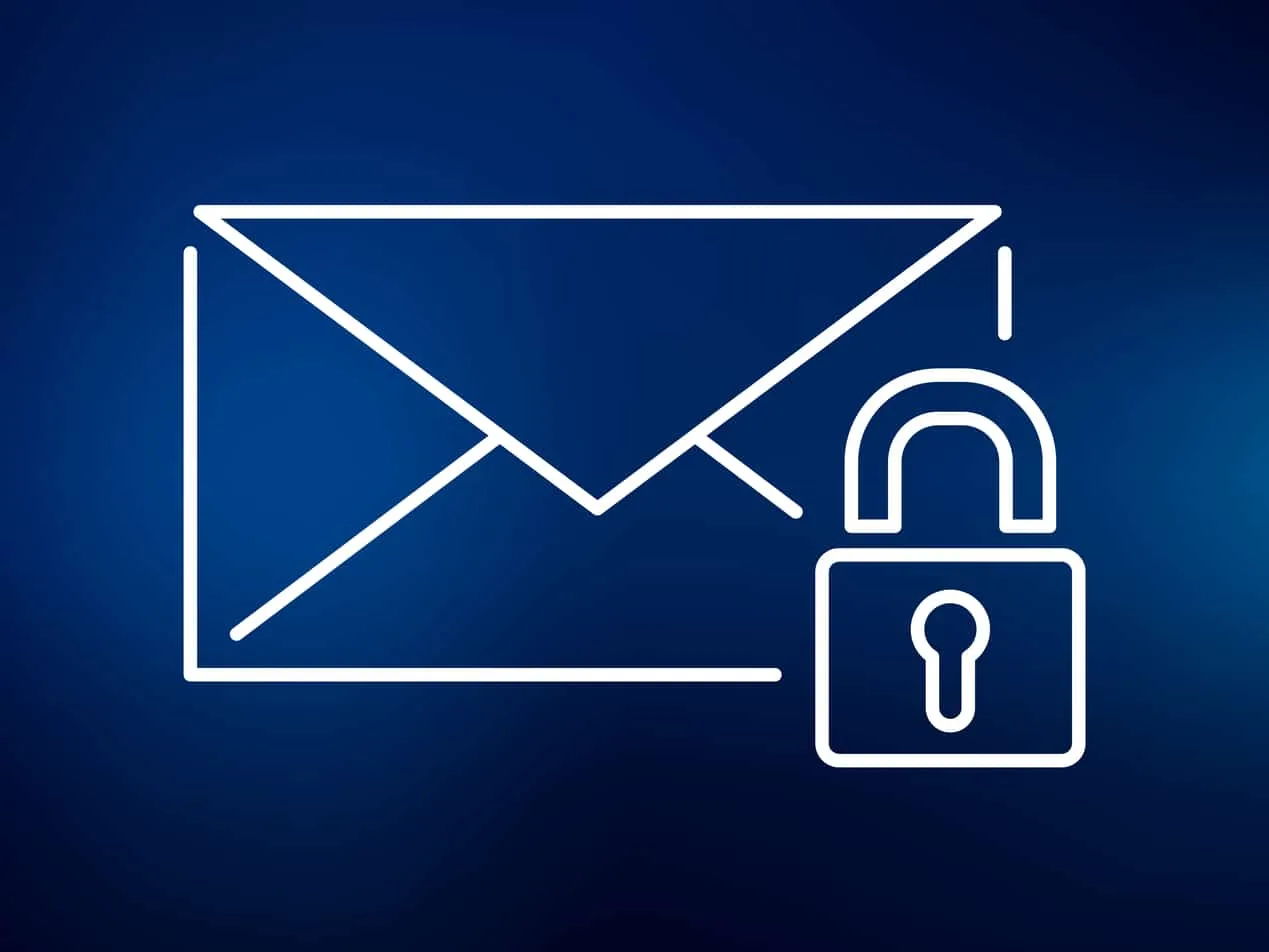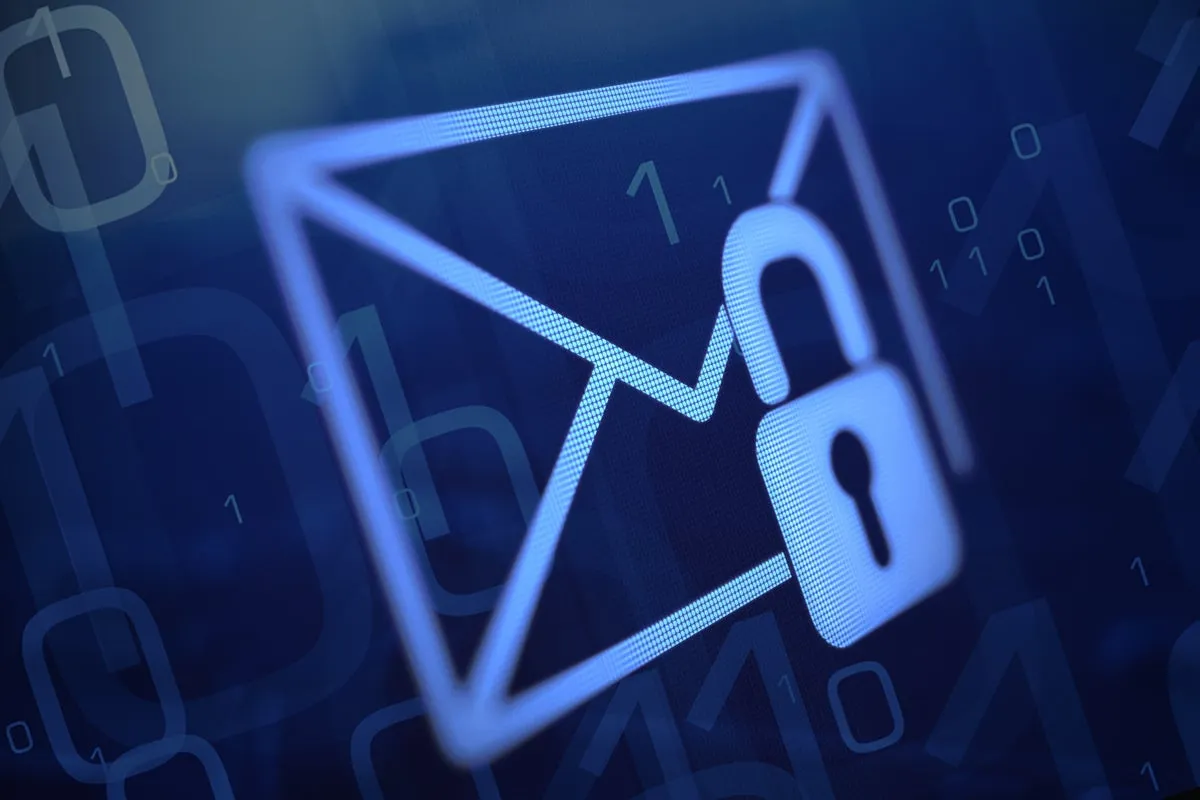As we venture deeper into 2025, the digital landscape is undergoing a profound transformation, fueled by advances in artificial intelligence (AI). A recent report has starkly highlighted the vulnerabilities inherent in our current cybersecurity defenses, especially concerning email, the most common cyberattack vector for businesses. According to a cyber insurance report, email serves as the primary gateway for launching severe threats like financial fraud, ransomware, and data breaches.

Google’s Proactive Steps Towards a More Secure Email Environment
Amid these increasing threats, Google’s Gmail has been making significant strides in enhancing its security features, positioning itself as a frontrunner in the battle against cyber threats. A recent assessment by At-Bay pointed out that organizations utilizing Google Workspace have witnessed a substantial reduction in incident frequency—54% lower than the average. This is attributed to Gmail’s default settings that offer robust protections, such as real-time scanning for phishing attempts and malicious attachments, automatic updates to guard against new vulnerabilities, and integrated threat intelligence to proactively tackle potential threats.
The Shift to Cloud-Based Solutions: A Necessary Evolution
The landscape of email security is rapidly evolving, necessitating a shift towards more secure, cloud-based email solutions. This transition is not just a trend but a critical move to mitigate risks and manage vulnerabilities more proactively. For instance, At-Bay advocates for the adoption of cloud-based platforms to enhance security measures effectively. Such platforms come equipped with advanced features that traditional on-premise setups might lack, providing a comprehensive security framework that requires minimal manual configuration.
Moreover, as major players like Microsoft remind us, legacy systems such as Exchange 2016 and 2019 are nearing their end of support in October 2025. This impending deadline underscores the importance of transitioning to cloud solutions like Microsoft 365, which offer enhanced security features and the integration of generative AI technologies to better protect against emerging threats.

The Generative AI Conundrum: Innovation vs. Security
The integration of Generative AI tools into email platforms presents a new set of challenges and opportunities. On one hand, these tools can significantly enhance efficiency and innovation within organizations. On the other, they introduce risks related to sensitive data exposure. Reports from entities like Harmonic Security highlight the dual-edged nature of AI tools, which, while beneficial, can potentially lead to data leaks if not governed properly.
Strategic Responses to Generative AI Risks
In response to these risks, it’s essential for organizations to adopt strategies that balance the adoption of AI tools with stringent security measures. This includes real-time monitoring of AI interactions, stringent data classification, and comprehensive user training to prevent data leaks. The goal is to harness the benefits of AI without compromising the security and integrity of sensitive organizational data.

The continuous evolution of email security, driven by technological advancements and the increasing sophistication of cyber threats, demands a proactive approach. For businesses and individuals alike, the shift towards cloud-based email solutions, coupled with a cautious but strategic adoption of AI tools, represents the path forward. By embracing these innovations, we can ensure a more secure and efficient digital communication environment.










